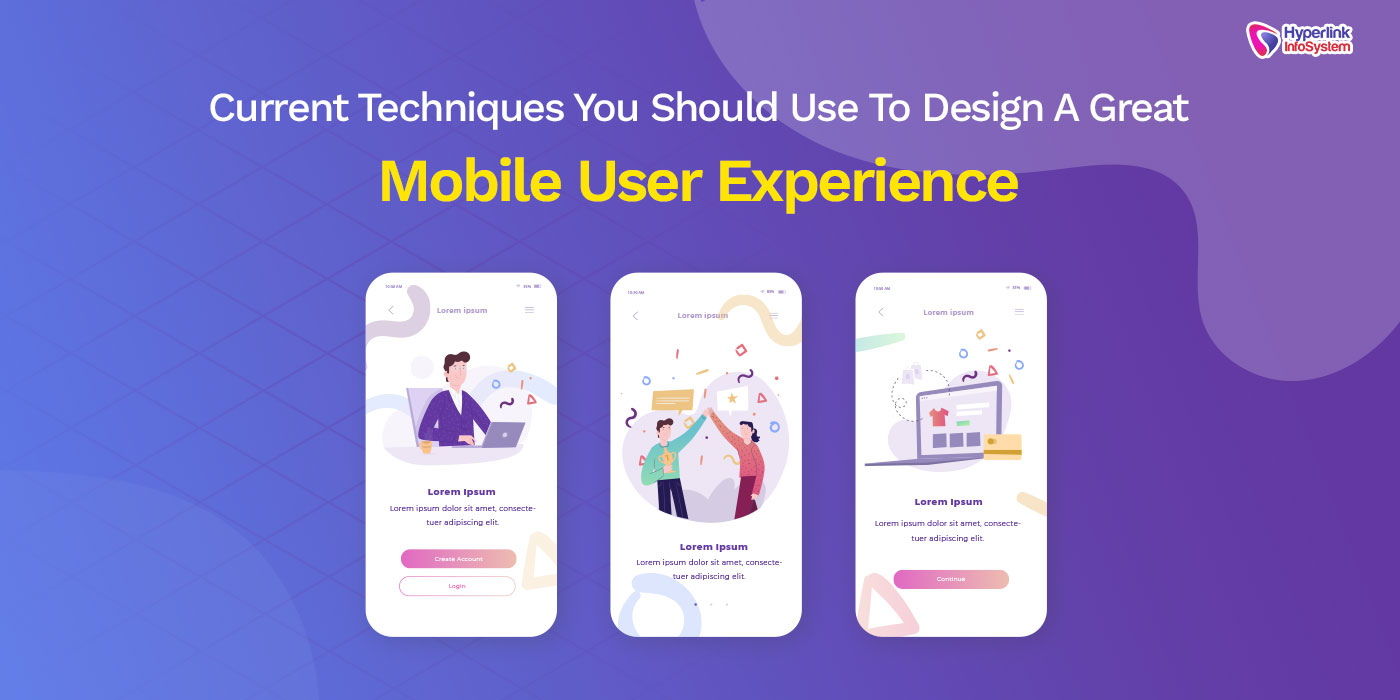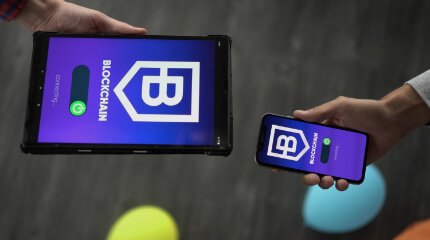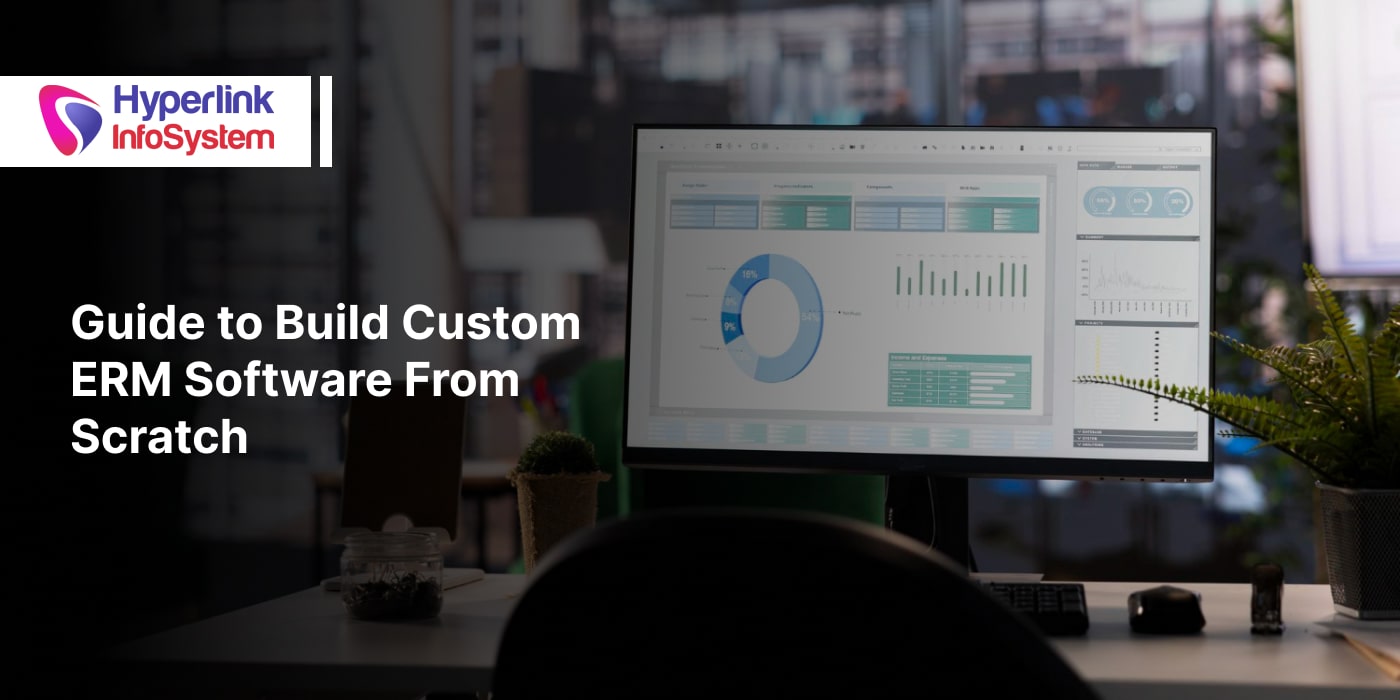�
The user experience is used to determine the quality of a service when it comes to digital environments. Each time a user enters a web page or opens a new app, he evaluates it according to certain criteria. One of the most important is the navigation of the site or app, that is, how easy it is to get to certain sections of the site, how well they certain tools that the site offers work, etc. If the experience has been good, it is likely that the user will continue using the service.
In application development and design, the user experience is also taken into account since it determines the success or failure of a mobile app. If the user's evaluation is positive, he will continue to use the application. On the other hand, if it is negative, he will look for other similar options in the market. For this reason, when designing any mobile app, the user experience should be taken into account. Here are some good practices to design an optimal user experience for mobile apps.
Follow the Google and Apple design guides
Android and iOS are the main operating systems used in mobile devices today. Each of these operating systems has its own specifications that are available to any developer. If you are designing a website and you want it to be responsive, you should only look at the common screen sizes used by your users. But if you are thinking about making an application, you should review the guides of Apple and Google that is available to you free on the official pages of each operating system.
If your goal is to create an app, you should make sure to carefully follow all the specifications of each operating system. This is the only way that your application can be in the Play Store and App Store respectively. Your app must be on these stores if you want to stand a chance of any success. Most people don’t fully trust apps that are not in these stores.
Customize the interface for each operating system
Although you are working for two operating systems that work differently, you can create a common interface for both. Customizing the design for the different operating systems will ensure that you follow each one of the specifications. But having a general idea of the layout of the application and the different screens that compose it, you can work more easily in the customization process. In this way, the layout can remain the same in different operating systems, but certain design details could be changed, such as the appearance of the buttons, for example.
The objective in customizing the interface for both operating systems is that the user experience is similar no matter which operating system the user is using. The quality should be similar in both devices.
Consider that the interface should be for screens with different resolutions
Once you have taken into account that you are working for different operating systems with different technical specifications, it is time to think again about the other features of these devices. One of the most obvious is the screen size. There are a wide variety of mobile models, particularly for the Android operating system, as several brands have decided to opt for this operating system, unlike iOS, which is exclusive to the Apple brand.
Since you are working with different mobile models and, therefore, different screens and resolutions, you must ensure that the elements that are part of the interface are flexible and can be adapted to different screens. For the design of your mobile app, ensure that you meet with
mobile app development company to hire dedicated developers.
Choose a readable font that says something about the brand
As in the design of a web page, the fonts you choose for your application is relevant. Well, you could opt for the usual sources used in the Android and iOS operating systems. These sans-serif fonts are Roboto and Helvetica Neue on Android and iOS respectively. Since both sources are neutral, they are perfect for designing the interface of an operating system, but may not be ideal for your application.
The general recommendation is to always keep in mind the readability of the source and the function that it will have in the design. A sans-serif font is the right choice, even choosing a neutral one like the ones mentioned previously is a valid option.
Determine font styles for titles, subtitles, text body, menu, buttons, etc. from the beginning. You must also take into account the personality of the brand. If you have a brand manual, you can take it as a reference to make certain design decisions.
In conclusion
The user experience is a factor that determines the success of a mobile app. Therefore, you should pay adequate attention. Luckily, there are many resources you can use to help you create a great user interface, which is the first step in designing a good UX.
The techniques mentioned above should be implemented and made part of your design process if you are thinking of creating mobile apps. This process may differ slightly from creating a website, but we are sure that it will be a valuable experience for you as a designer and that you will learn about various related topics throughout this process.

























